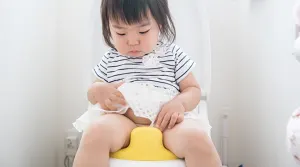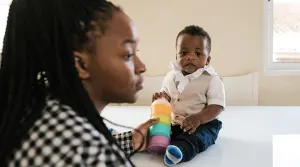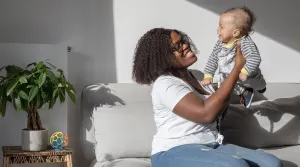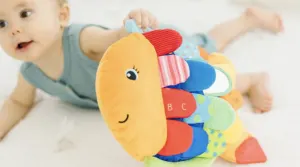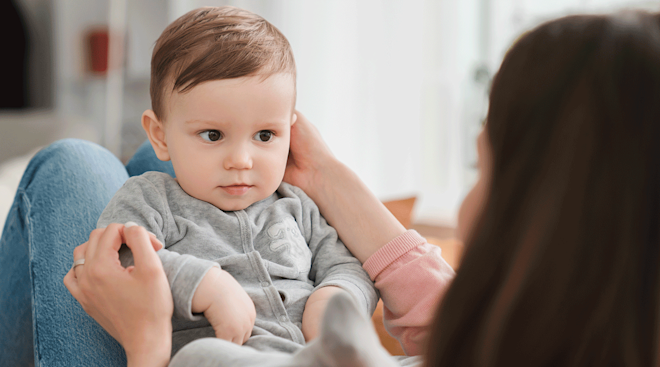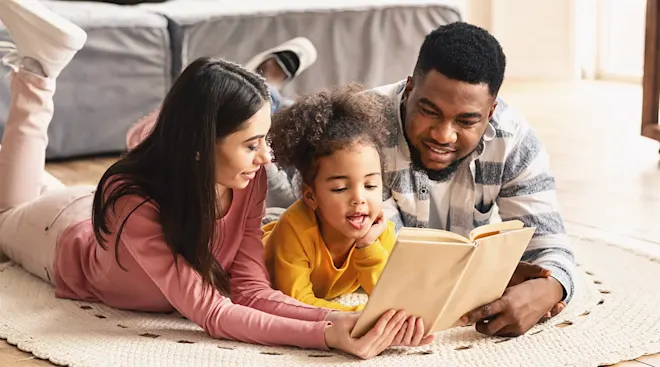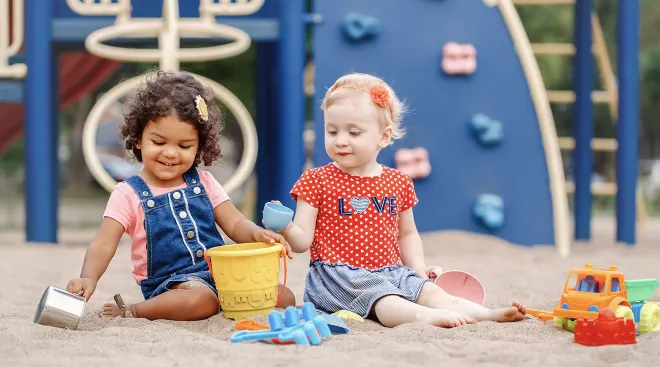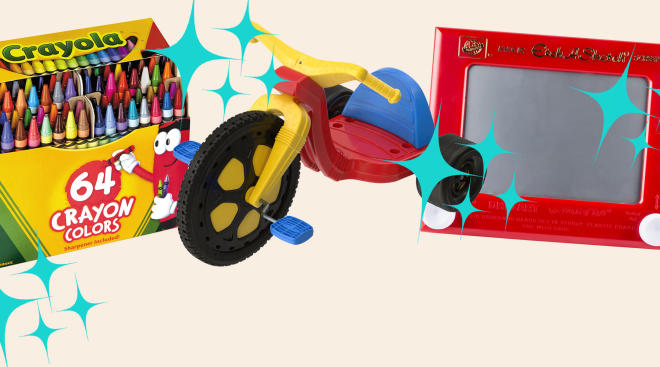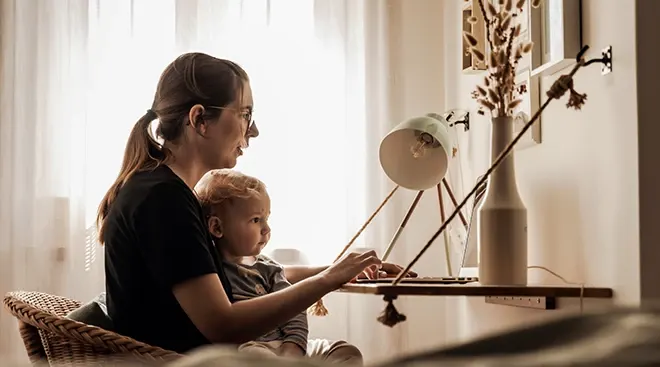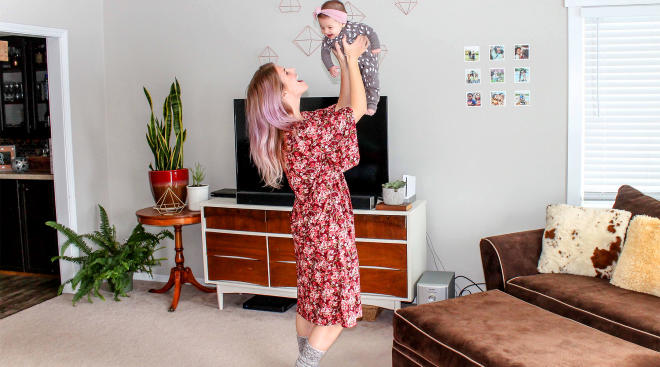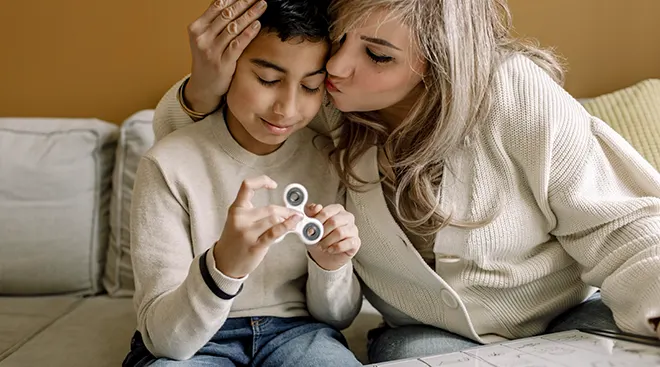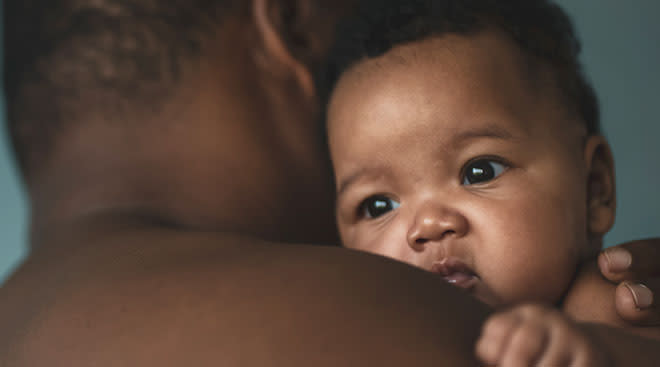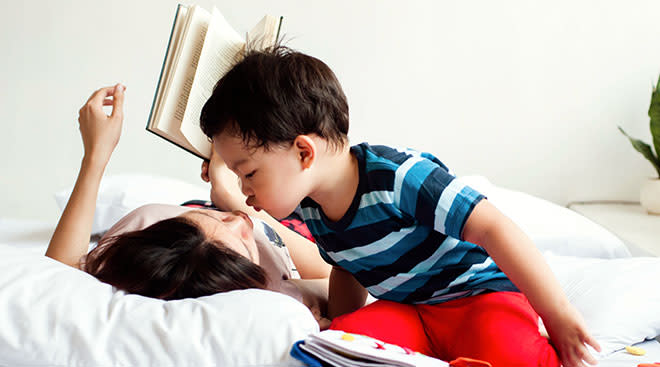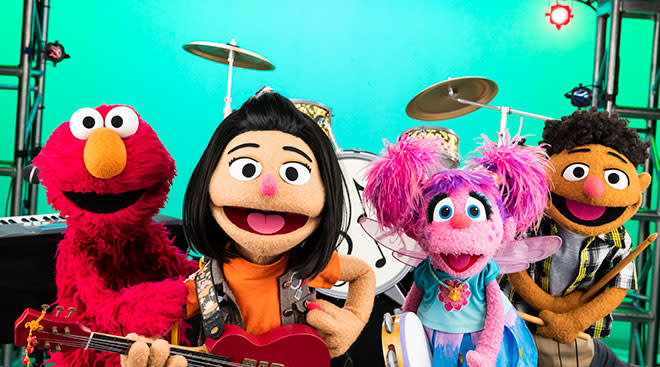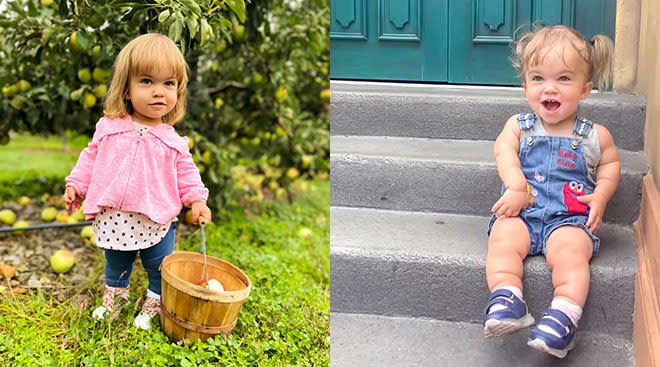How I Model Self-Love for My Black Children in a Social Media-Dominated World
When my daughter started asking if we could straighten her hair and why she couldn’t look more like her mostly white peers, I realized that the work required to “parent against the tide” would be harder than I ever imagined. Raising Black children in a time when so much of life is curated by social media, YouTube and algorithms is a battle no one had prepared me for.
In a world rife with anti-Blackness, positive self-image is a revolutionary act of reclamation and defiance, says Jasmine Price, LCPC, LPC, a licensed mental health therapist and founder of Pride of Nyla based in the DC area. “When we—particularly Black, Brown and Indigenous individuals—embrace our true selves with love, despite the persistent messages that we’re insufficient, we challenge the internalized stories that have been handed down through the ages,” she says. According to Price, this work is bigger than self-image and self-esteem—it’s a key stage in ancestral healing.
Before I had children, I knew the importance of ensuring they’d feel loved and appreciated for who they are. I didn’t want them to feel the alienation and loneliness I had felt when comparing myself to my peers. Later, my husband and I carefully prepared a parenting toolkit of Black representation, authoritative guidance and affirmations. But it was clear we’d need more than that to navigate today’s world.
My journey to ensure my children, especially my daughter, have the tools to navigate an algorithm-based world requires planning—but love is helping us every step of the way. Here’s the guidance I use to raise my kids in a world full of social media pressure.
I’ve witnessed—and lived—how racism and sexism collide to keep Black people, especially Black women and girls, trapped in chronic cycles of self-doubt. Growing up, I was the Black girl who never felt enough around her peers of any race. This feeling followed me into adulthood and left a pattern of desperate decisions in its wake. But when I watch today’s children grow up with a constant social media-fueled barrage of “here’s what’s wrong, give us money and we’ll fix it for you,” I know they’re facing a different beast. There’s no room for imperfection and every ad seemingly has the solution.
While I didn’t grow up surrounded by social media, I know I can use the fact that I’m still learning to love and accept myself as a point of connection as I pass those lessons to my children. Mercedes Samudio, DSW, LCSW, a psychotherapist, parenting coach and author of Shame-Proof Parenting, says one of the most powerful things a parent can do is model becoming. “In my work with families, we talk about how empathy, especially for yourself, creates a space for real connection,” she says. “When parents are honest about the fact that they’re still learning to love and accept themselves, it gives children permission to be human too.” She adds that it’s less about performing confidence than about practicing self-worth together. “That shared journey builds emotional safety,” she says.
For me, access to a validating, trustworthy community of loved ones is nonnegotiable in this journey. Despite our culture of individualism, raising children is a communal act. “For Black and Brown families, this kind of community care is vital,” Samudio says. “We’re not just teaching our children to love and be themselves: We’re unlearning generations of harmful messaging, both from our own families and society. Representation matters, and relational representation—seeing people in your daily life who reflect back love and worth—is so powerful.” She recommends our parenting support team include therapists, cultural mentors, educators, family members and even friends who see and affirm our parenting values. My own Black love support team is invaluable.
Setting boundaries is important, but it needs to be realistic: Our kids need to be prepared for the real world, which isn’t always censored. My goal for my children is to create a foundation based on knowledge and age-appropriate autonomy so they have the skills to navigate challenges as they come up. Samudio agrees it’s important to start with awareness and empathy, not just restriction. “One of my favorite tenets is awareness; it’s the alert system that tells us something needs tending to. Instead of reacting to social media with fear, get curious.” The goal is to create boundaries that support mental wellness and critical thinking.
Price encourages having direct conversations with our children about the skewed and often harmful representations found in media, namely how they often overlook or misrepresent marginalized cultures.
I ask my kids questions about what types of people are present, and who’s missing, alongside questions about the storyline, when we watch shows and movies. Our chats help sharpen their critical thinking skills and notice whether storylines and videos accurately represent our culture and experiences. “Our goal is not only to prepare children to navigate a world that wasn’t designed with them in mind, but also to support them in transforming that world,” says Price. “This involves encouraging them to understand and embrace their identity, love themselves and honor their cultural heritage.”
This might feel especially difficult with the youngest of children. For kids ages 3 to 6, Price advises parents to engage in conversations that are straightforward, clear and positive. Focus on celebrating diversity, building self-esteem and gently addressing misleading portrayals in media using relatable examples. “Encouraging play with diverse dolls, books and art tools that reflect their own image and others’ can also reinforce positive identity formation,” says Price. It feels unfair that I have to be so intentional to ensure my kids feel safe and loved in this world. I know it’s okay to mourn that. Still, it’s exciting that connection with my kids brings new opportunities to heal old wounds.
Samudio reminds us we’re allowed to be on our own healing journey while guiding our children. “You don’t need to have it all figured out to be a safe place for your child to land,” she says. “In fact, your vulnerability can be the very thing that shows your child what strength and love really look like.”
Plus, more from The Bump:
Jasmine Price, LCPC, LPC, is a DC area-based licensed mental health therapist and the founder of Pride of Nyla, a health and wellness space working on creating a safe place for BIPOC people on their healing journey.
Mercedes Samudio, DSW, LCSW, is a psychotherapist, parenting coach and author of [Shame-Proof Parenting: Find Your Unique Parenting Voice, Feel Empowered, and Raise Whole, Healthy Children]. She earned her doctorate in social work from the University of Southern California.
Navigate forward to interact with the calendar and select a date. Press the question mark key to get the keyboard shortcuts for changing dates.







